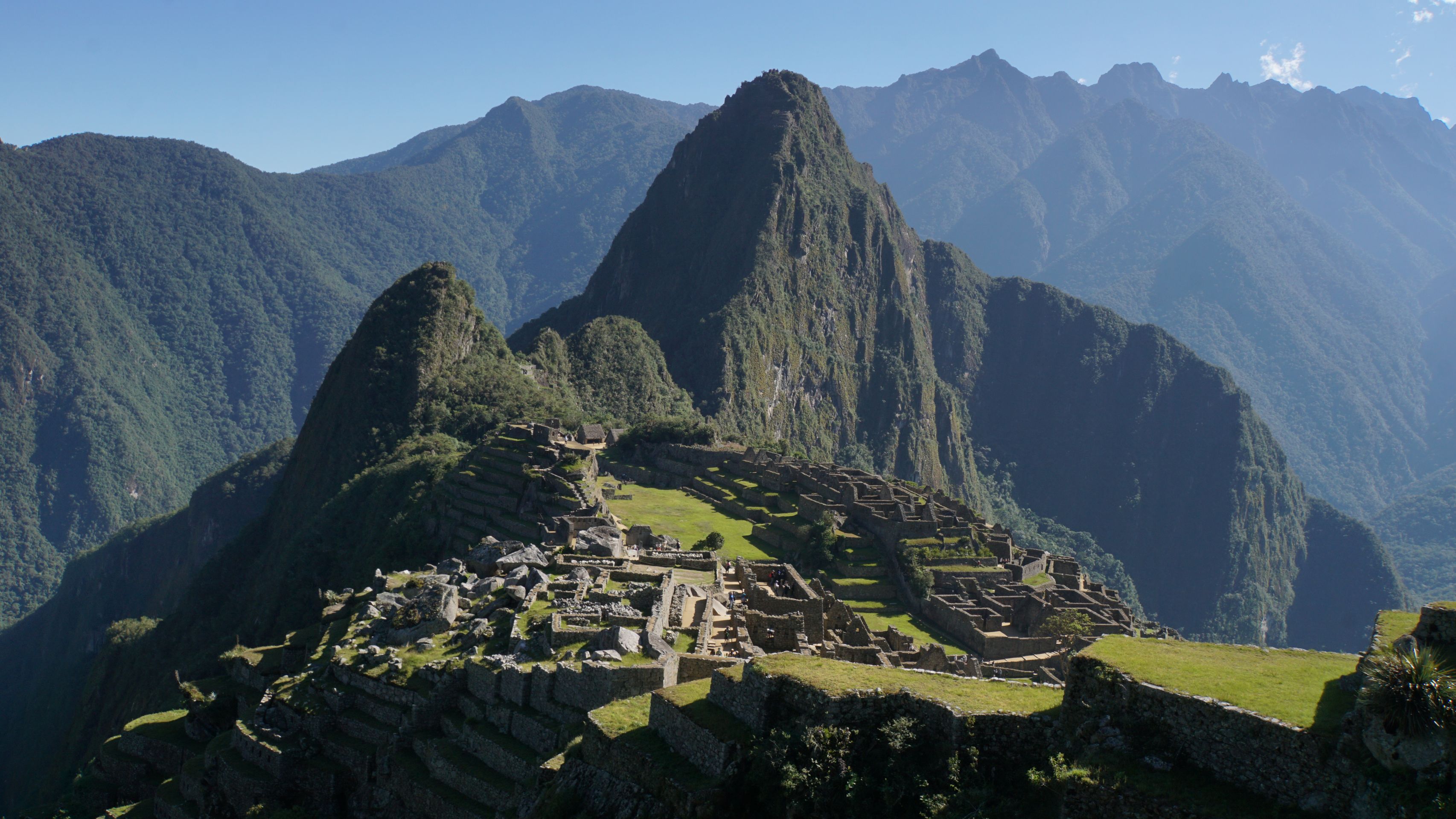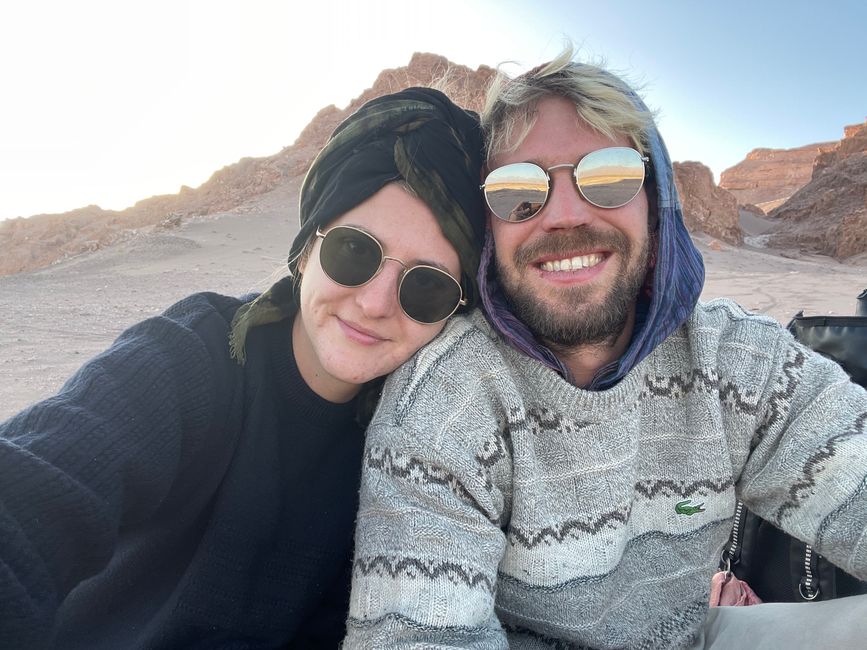Frá Salcantay til Machu Picchu (Perú)
Birt: 23.05.2023
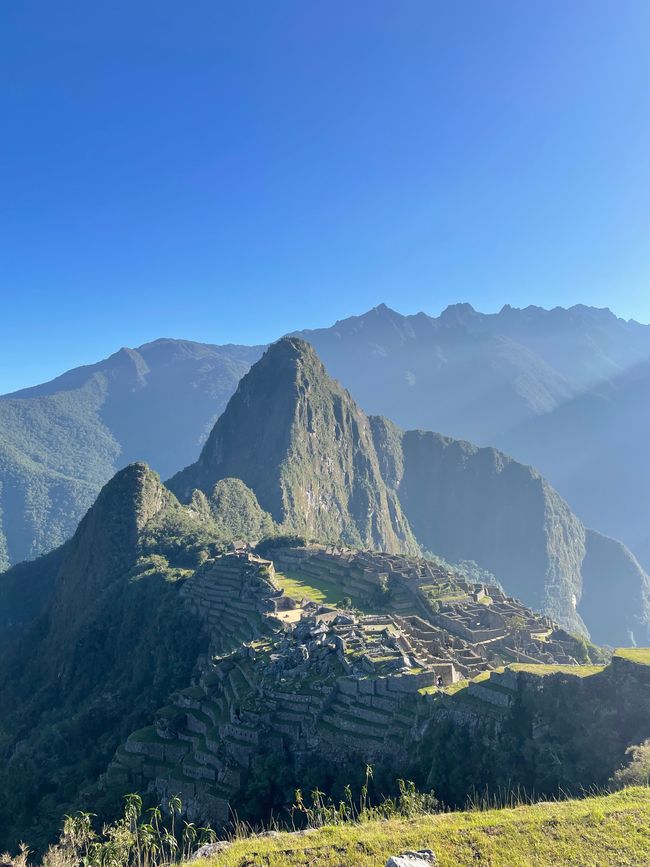
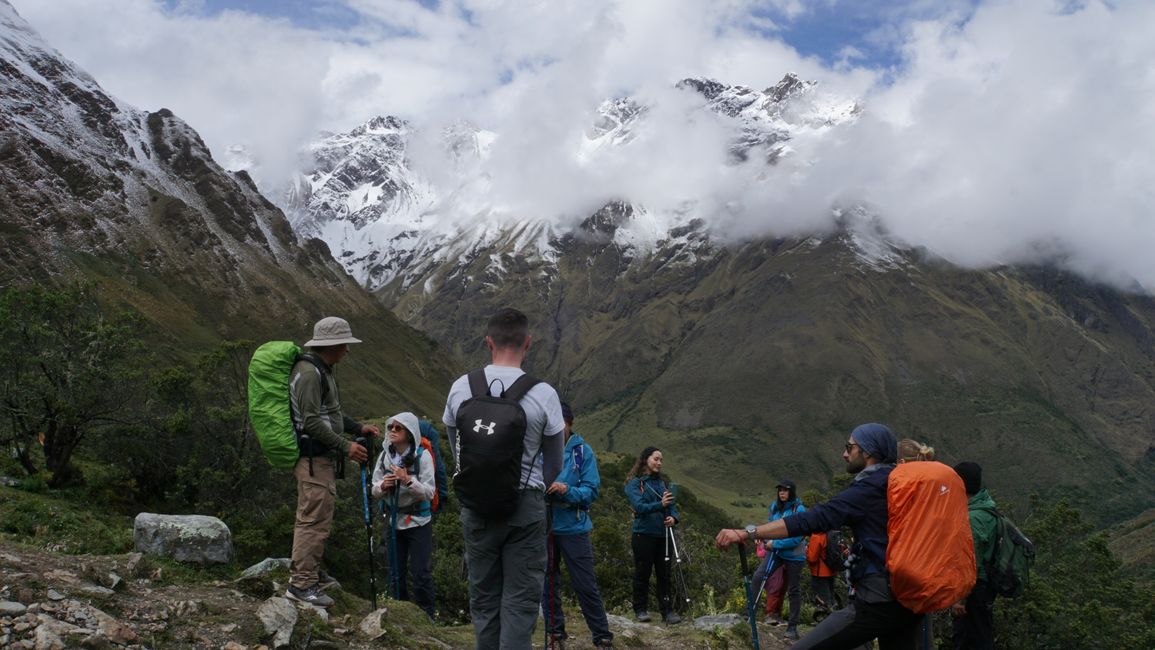
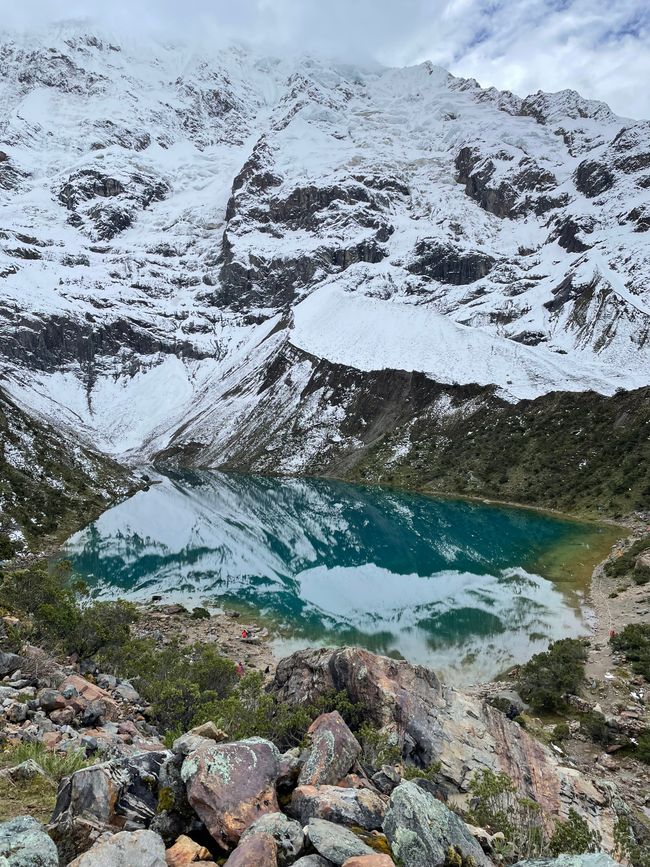
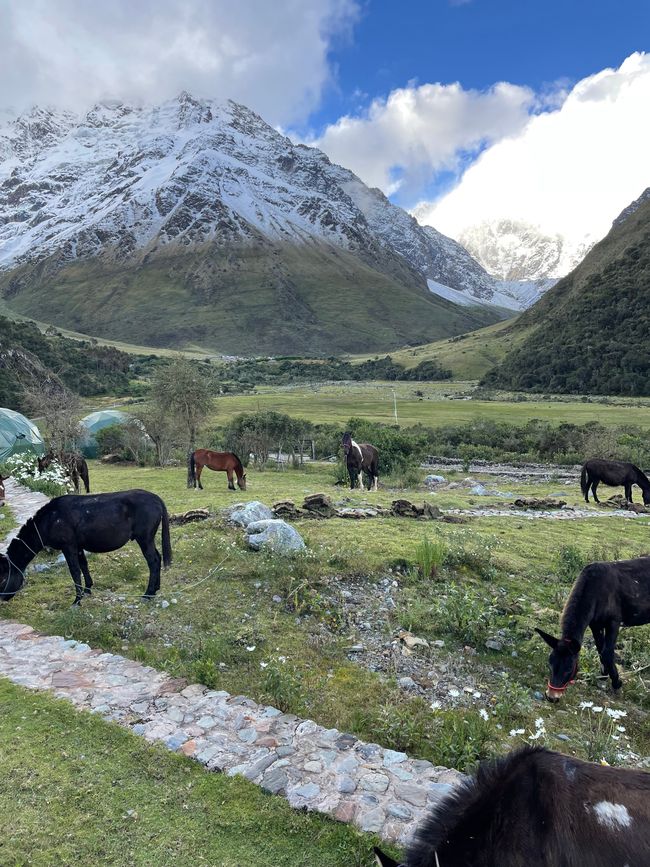
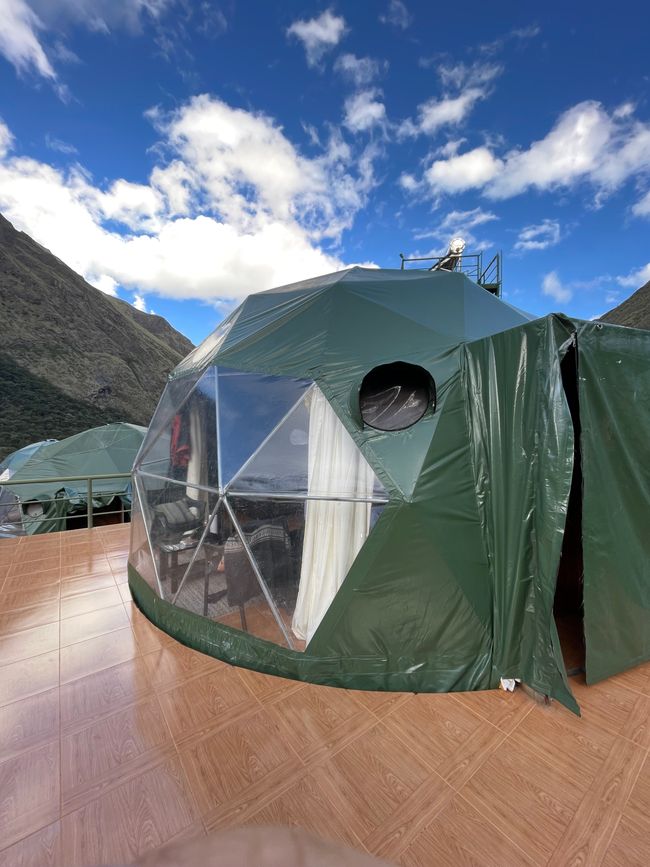
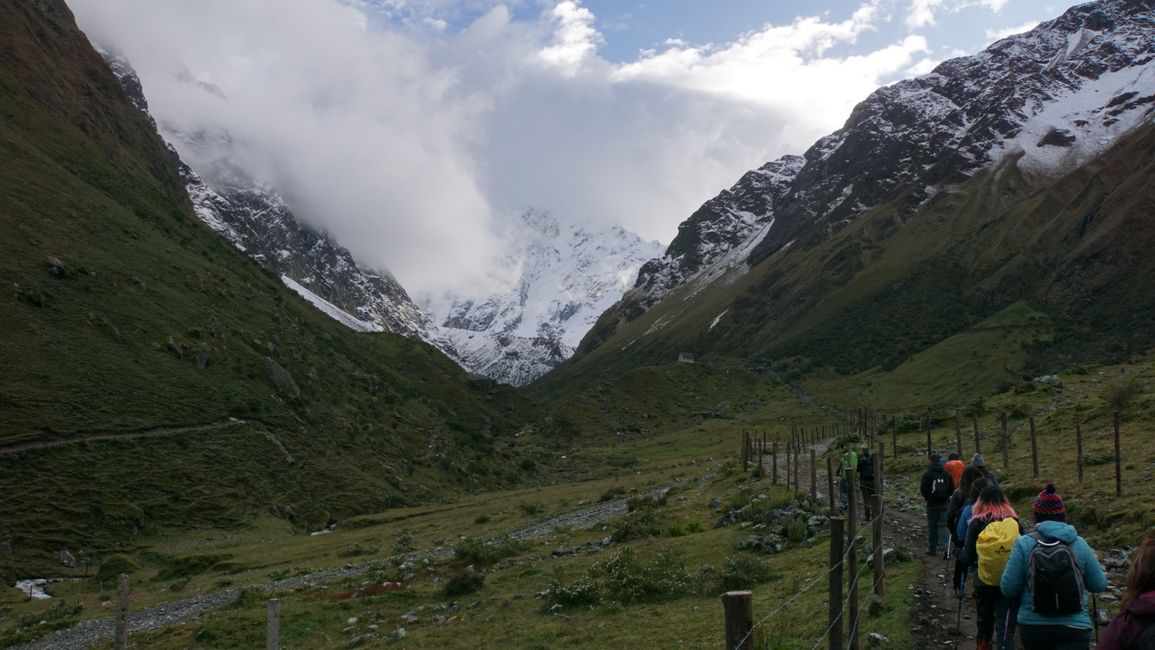
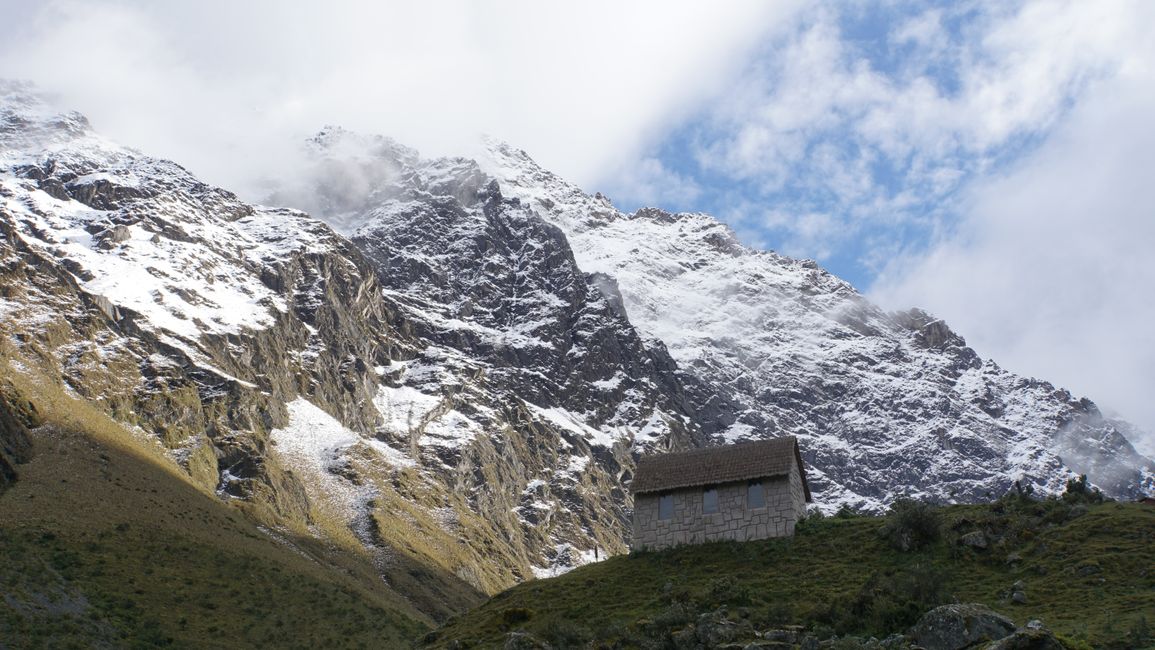
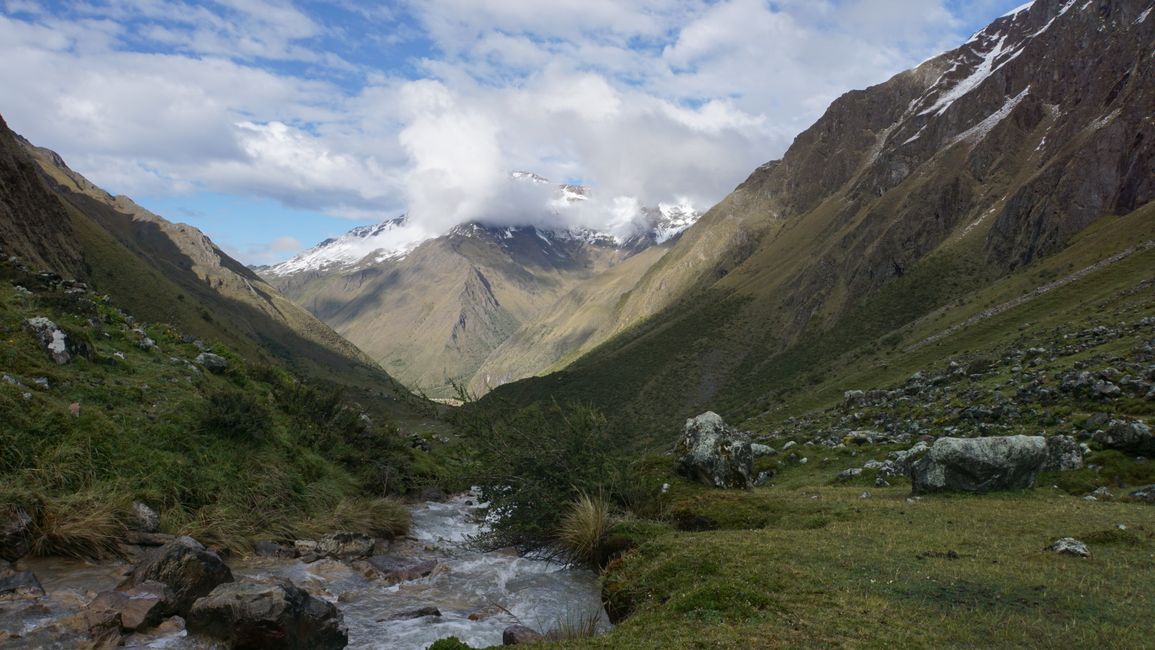
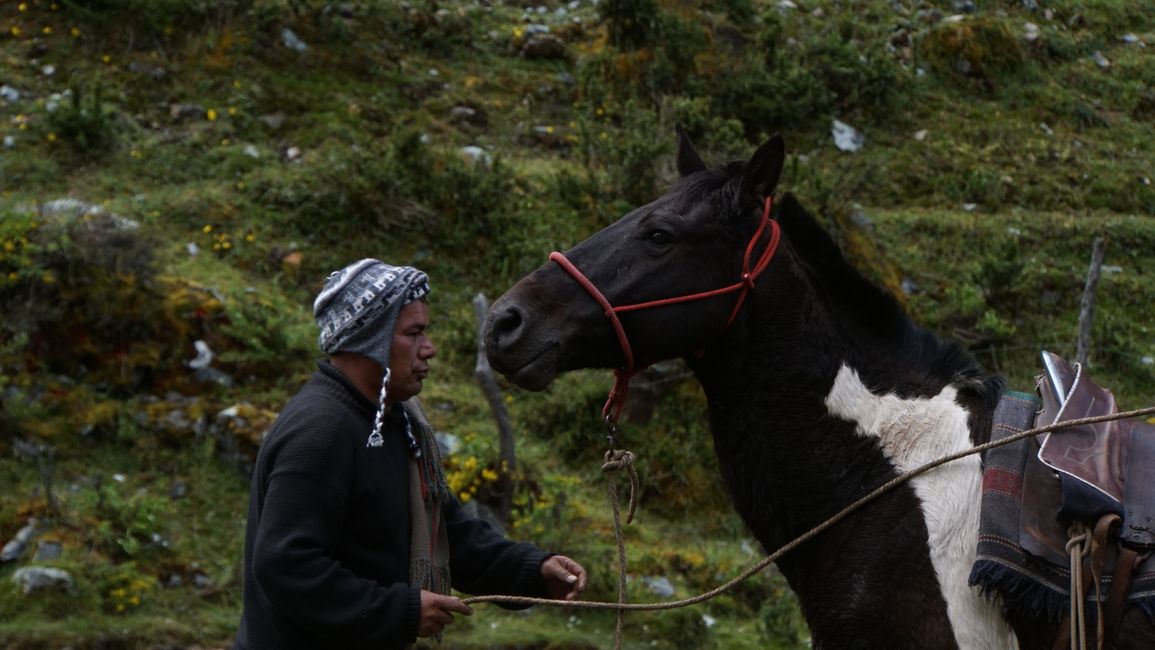
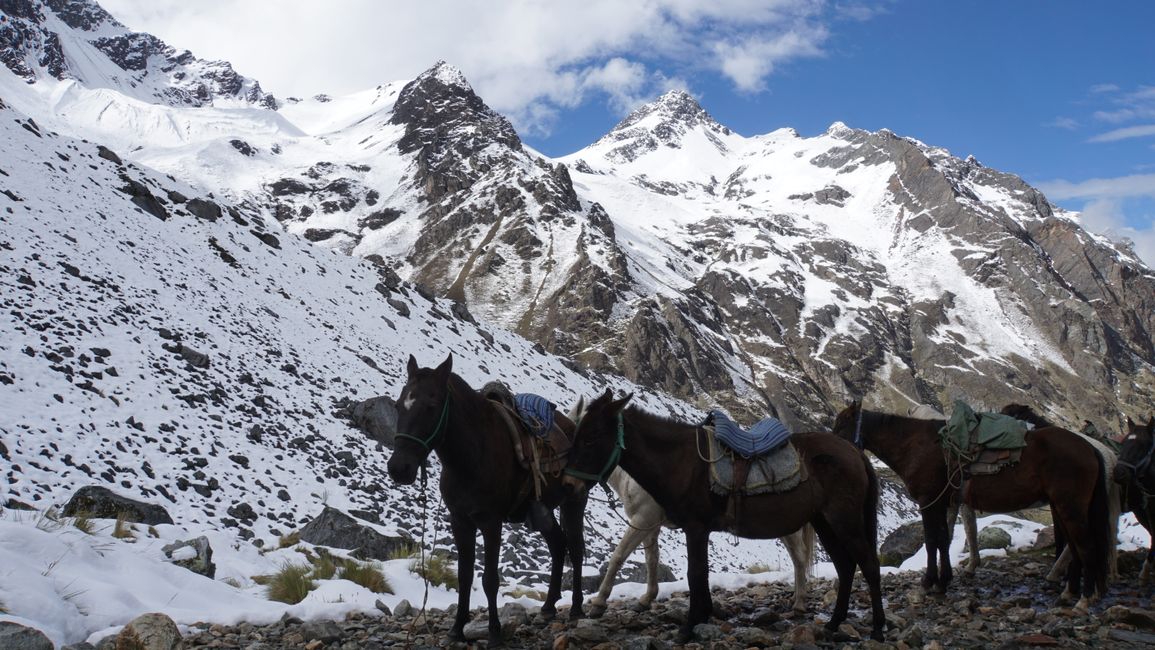
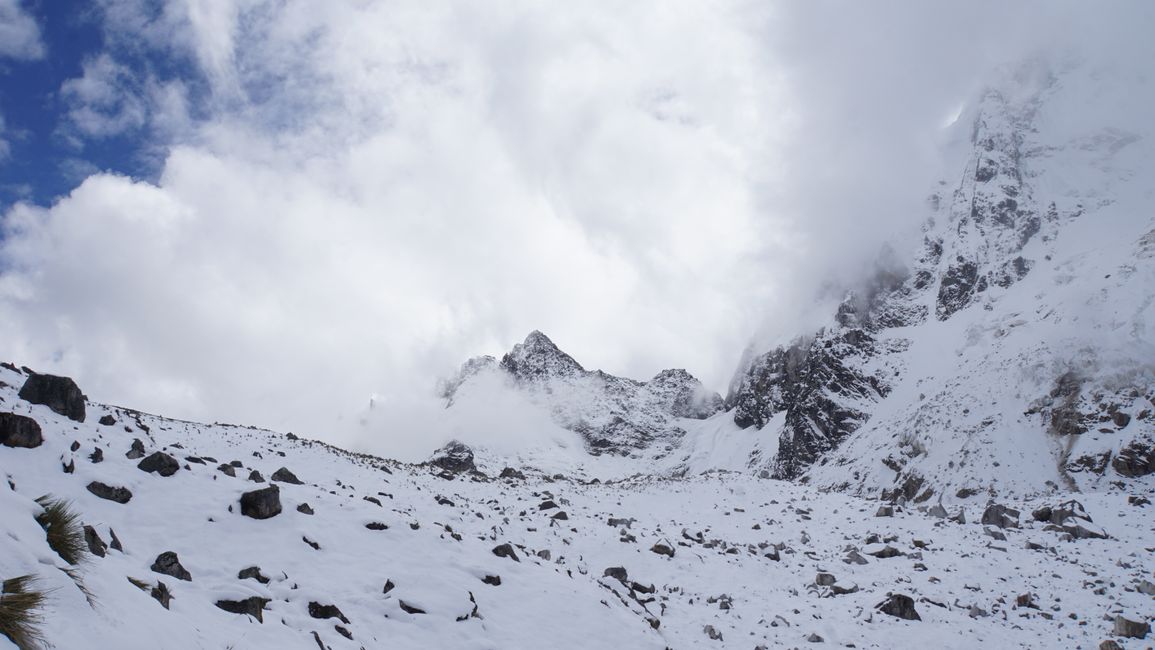
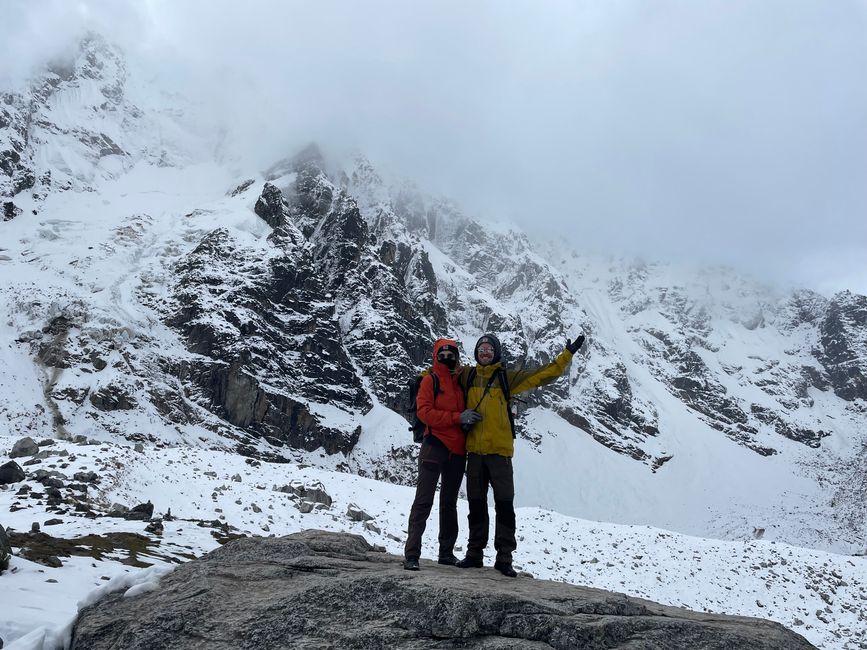
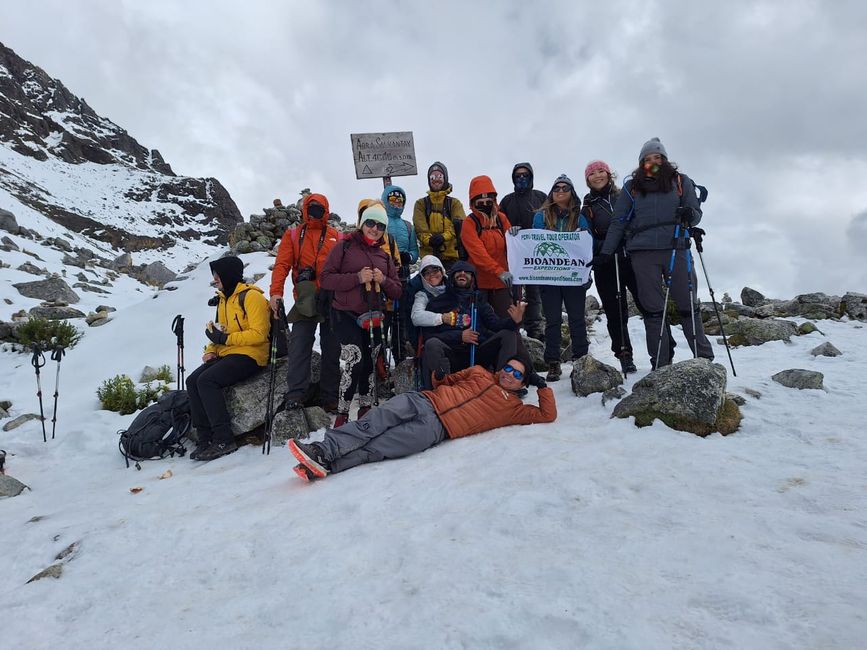
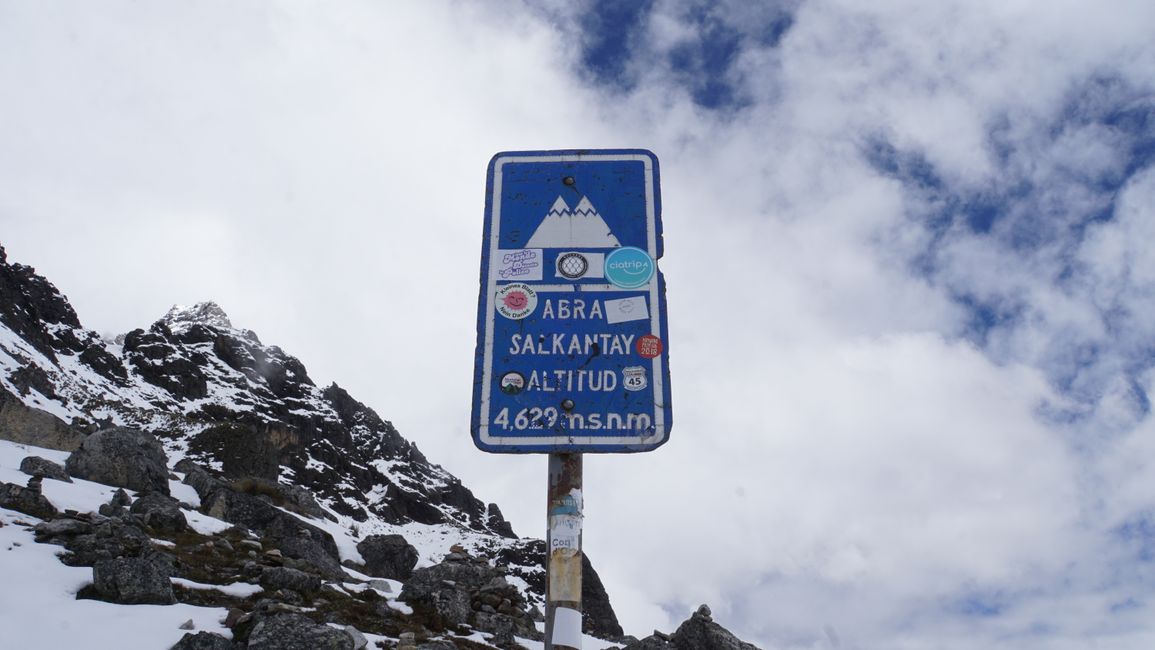
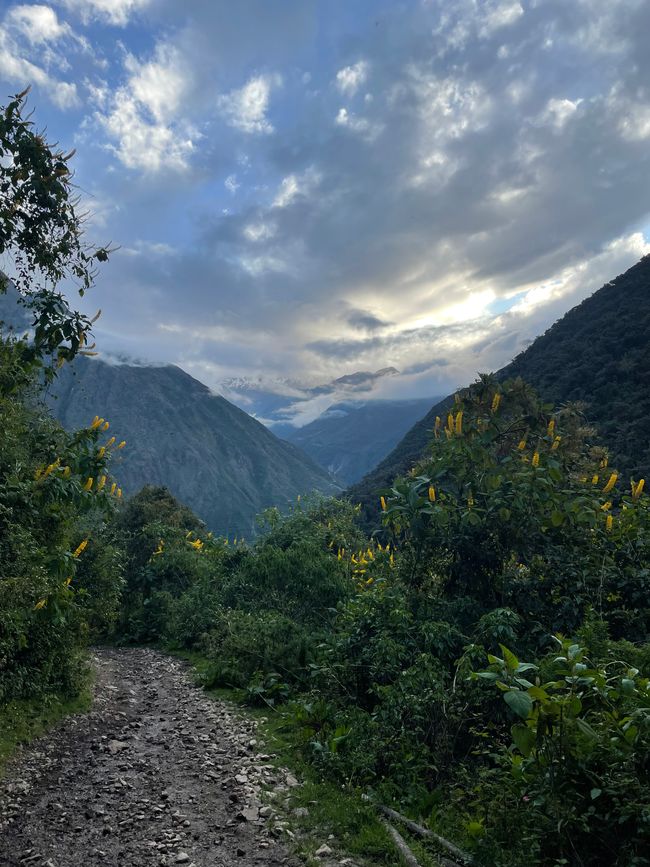
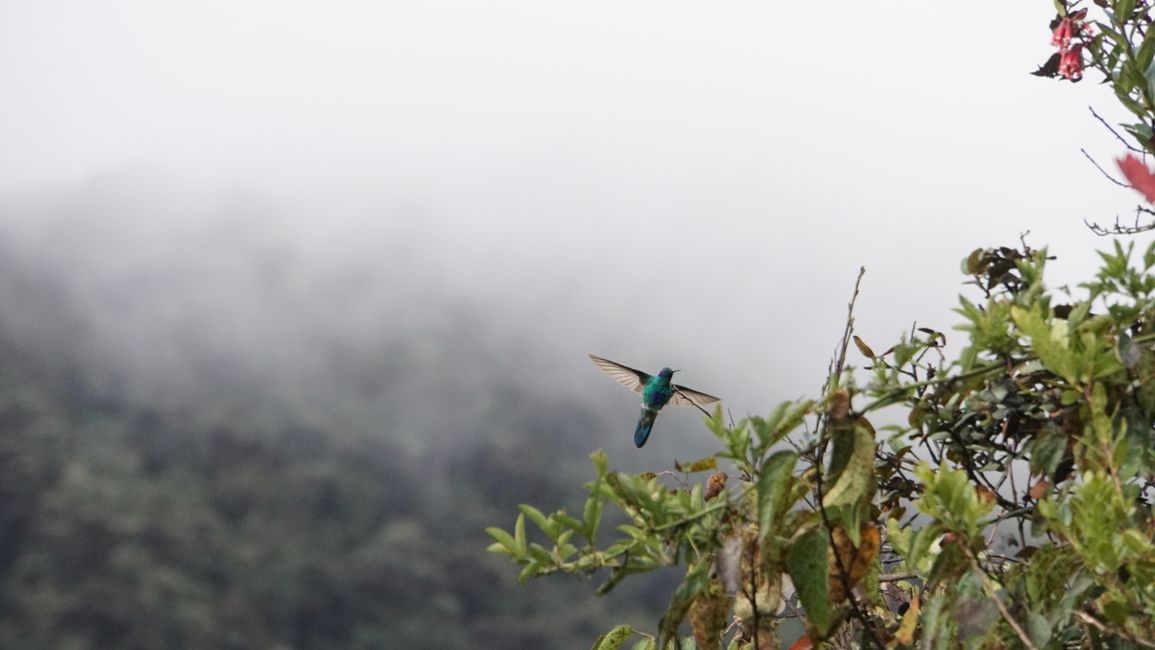
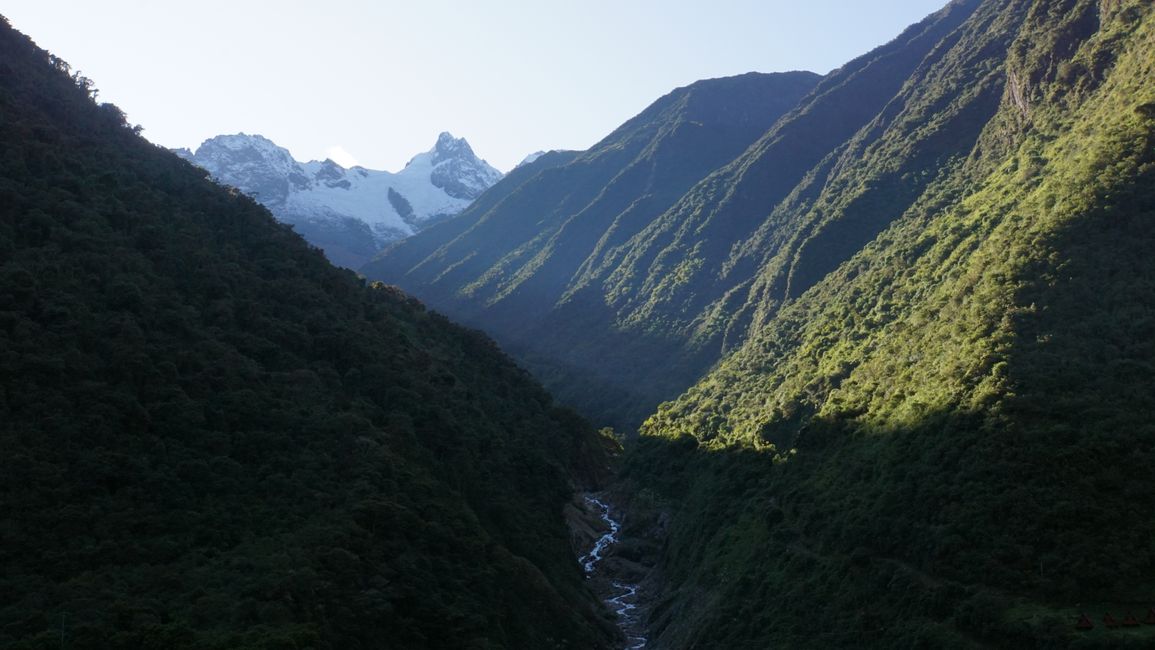
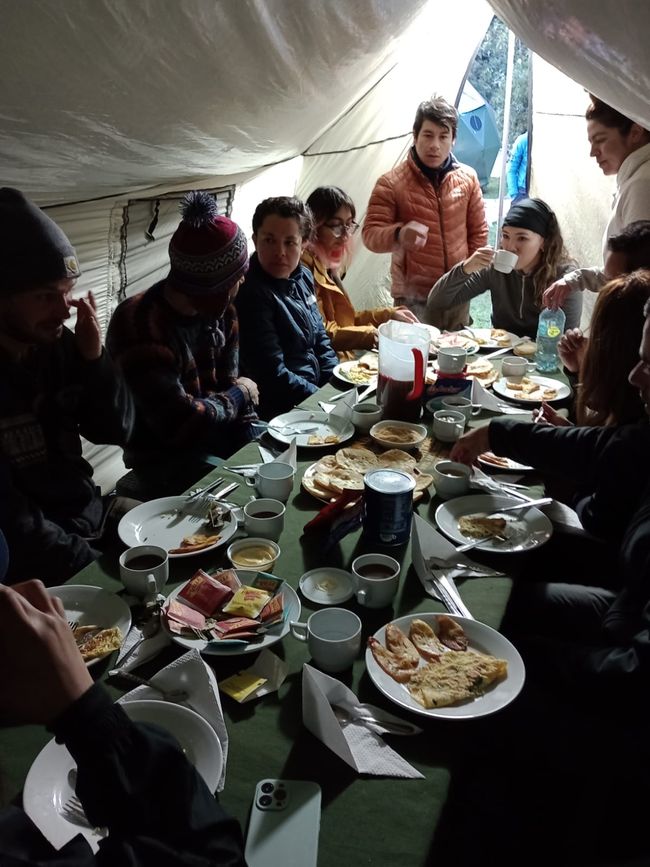
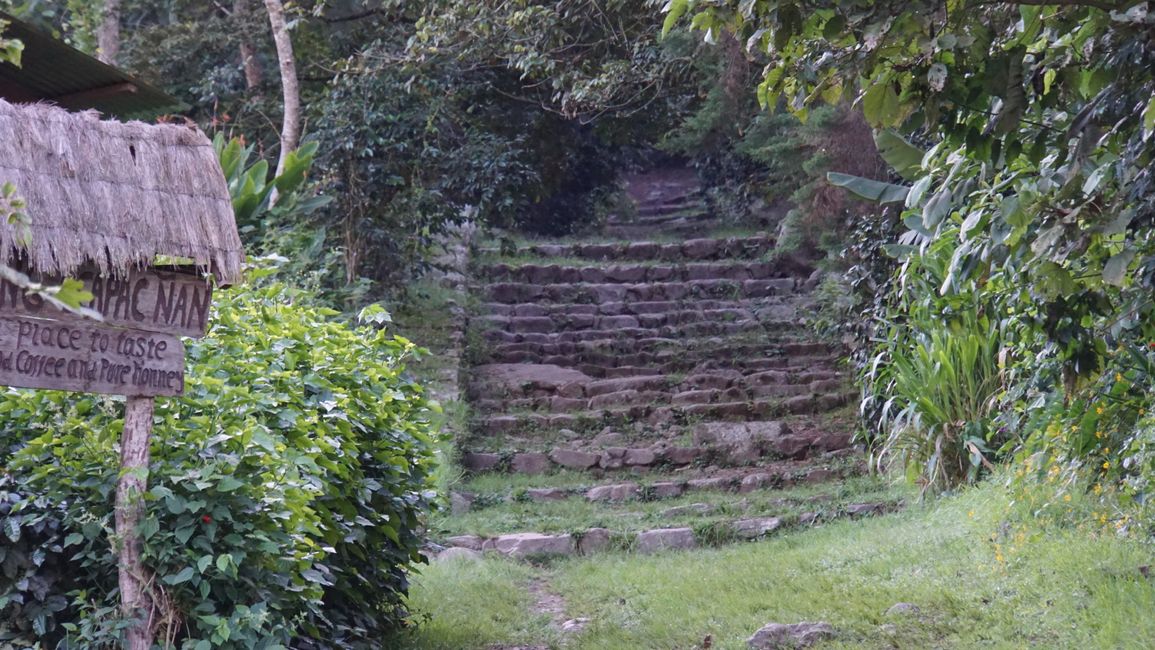
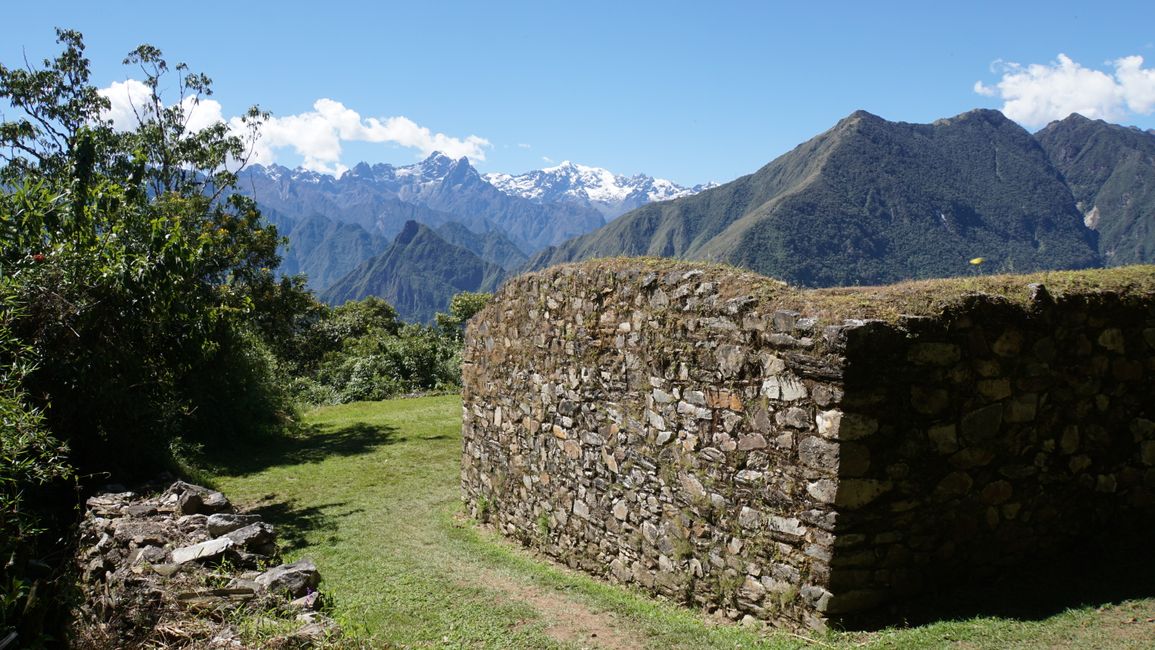
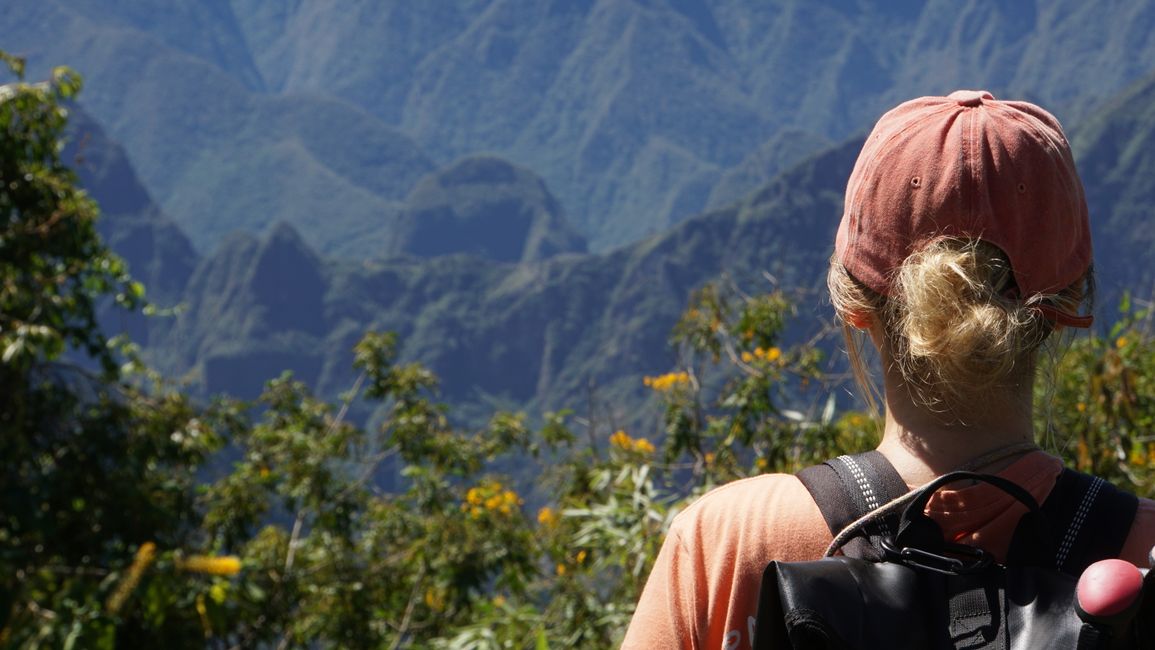
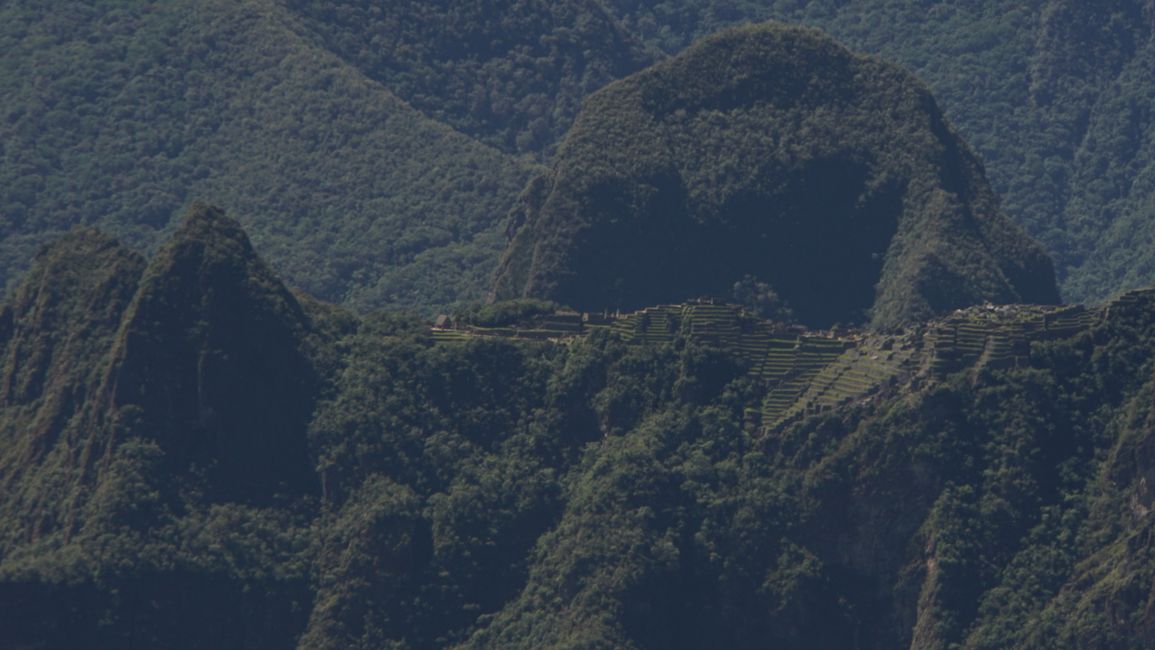
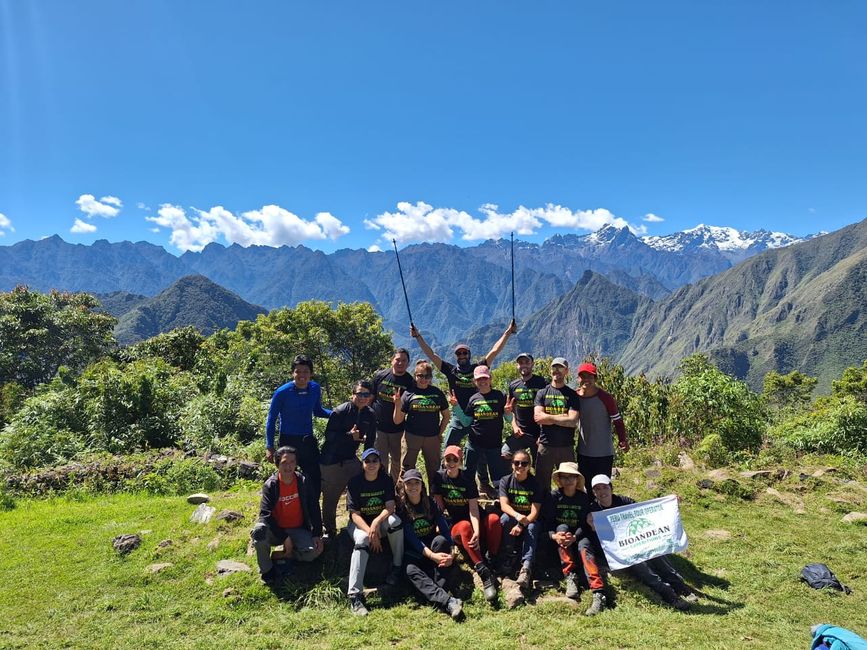
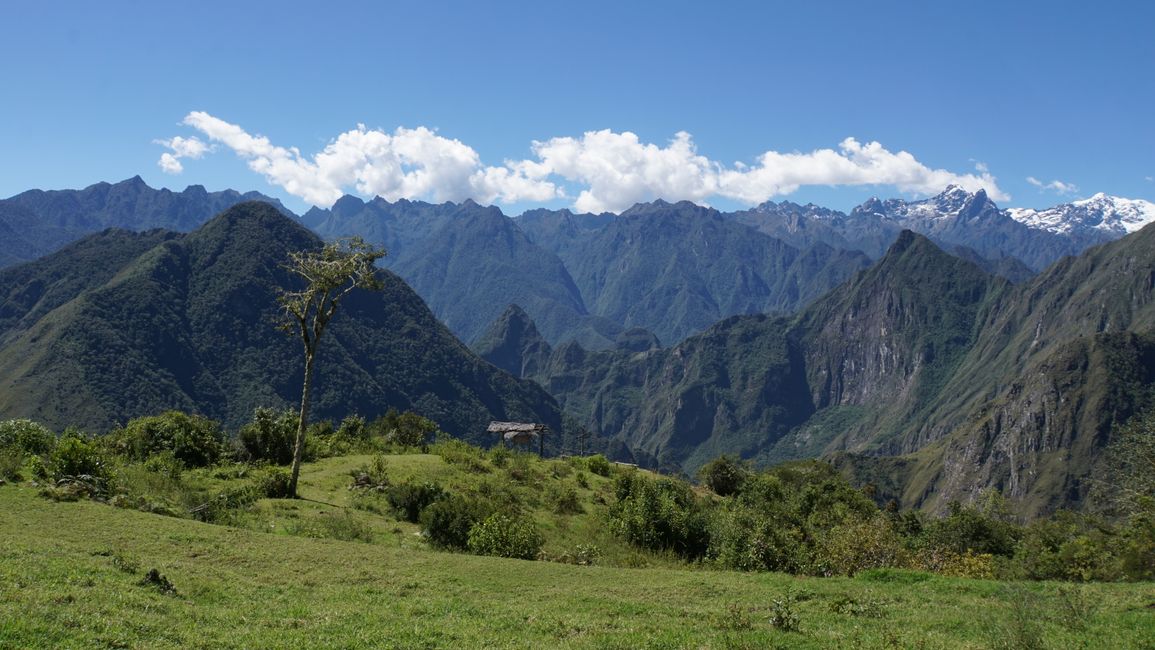
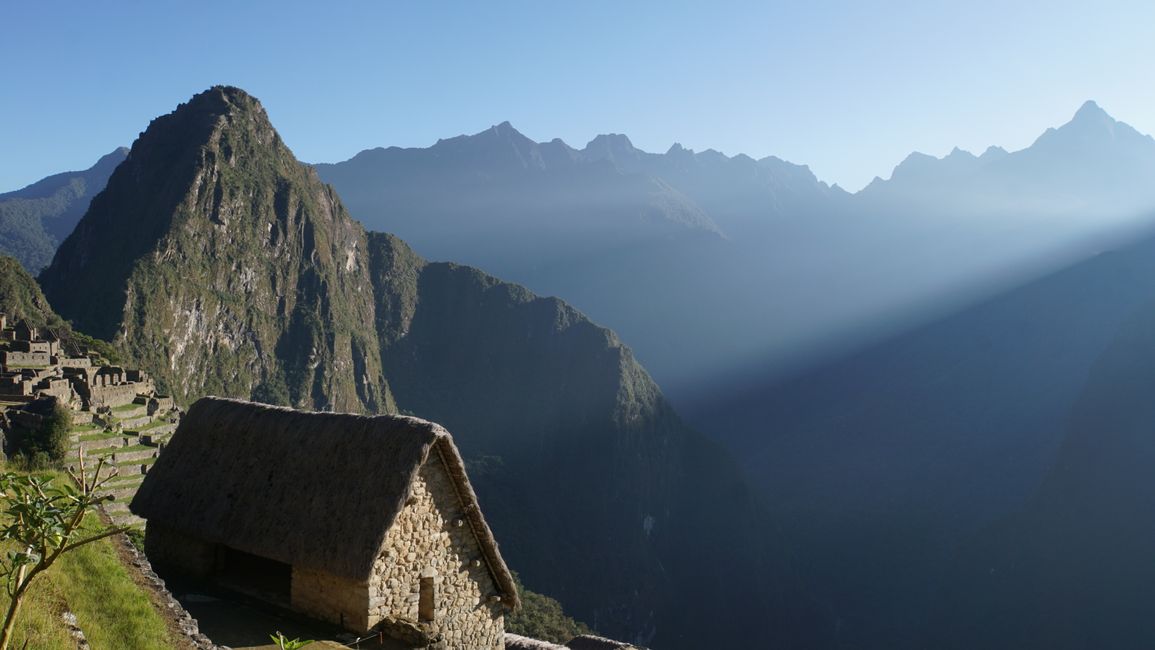
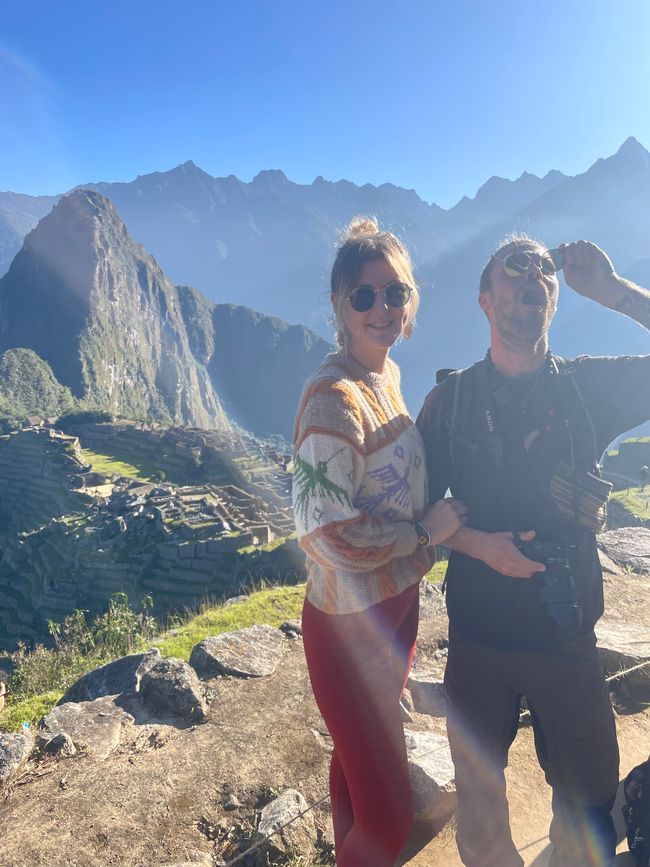
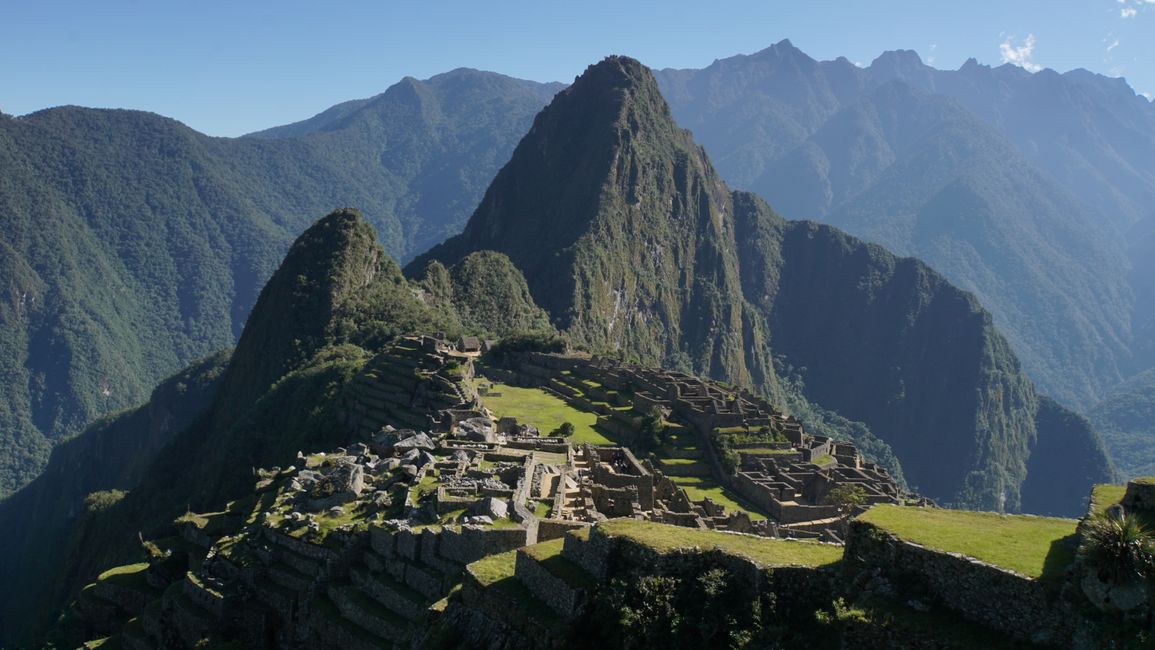
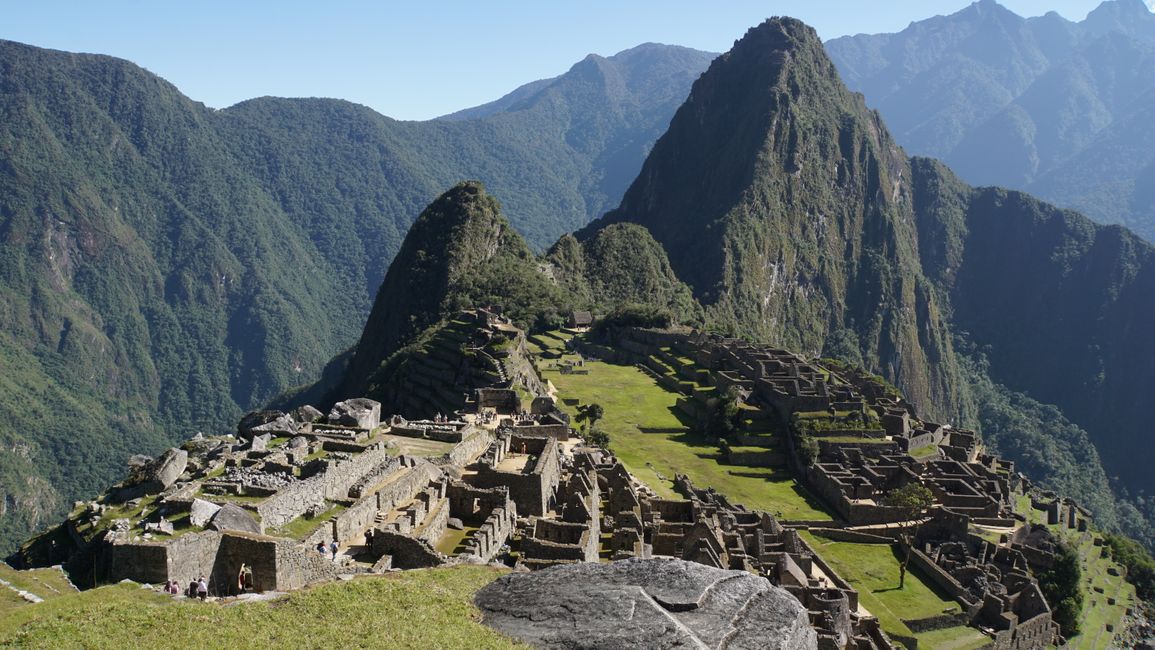
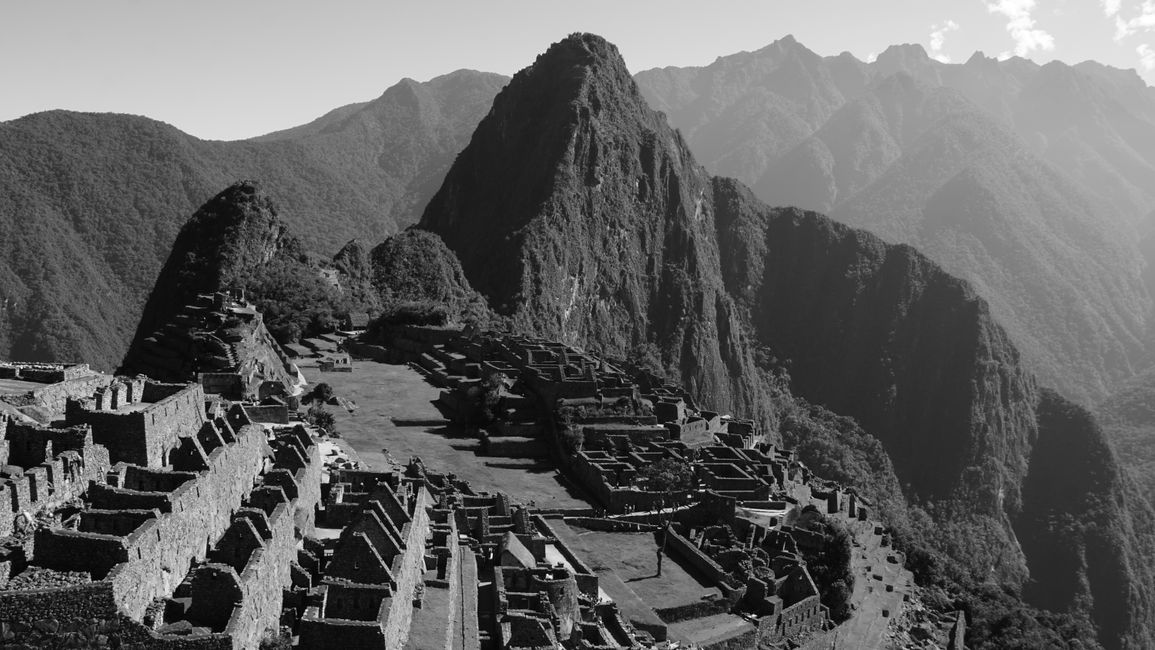
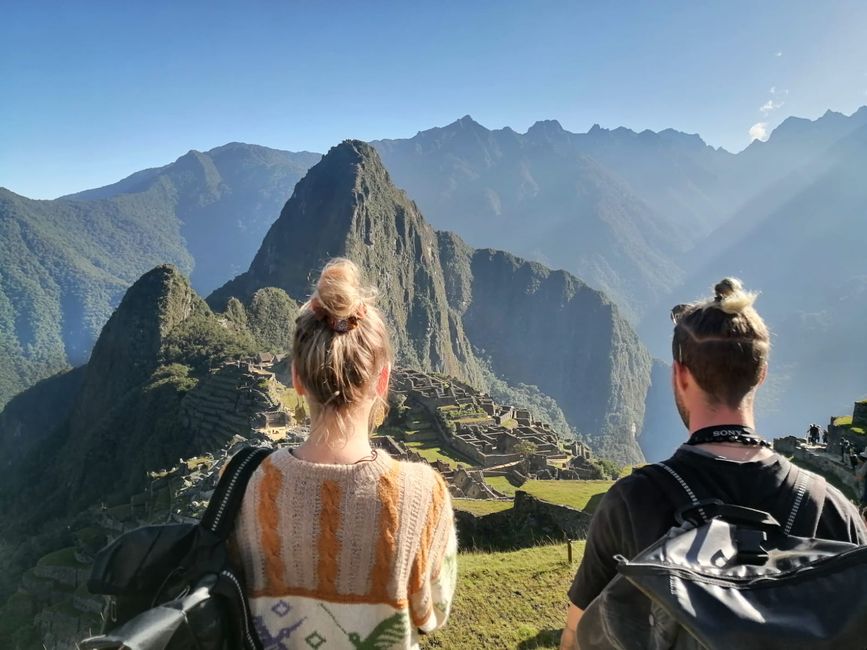
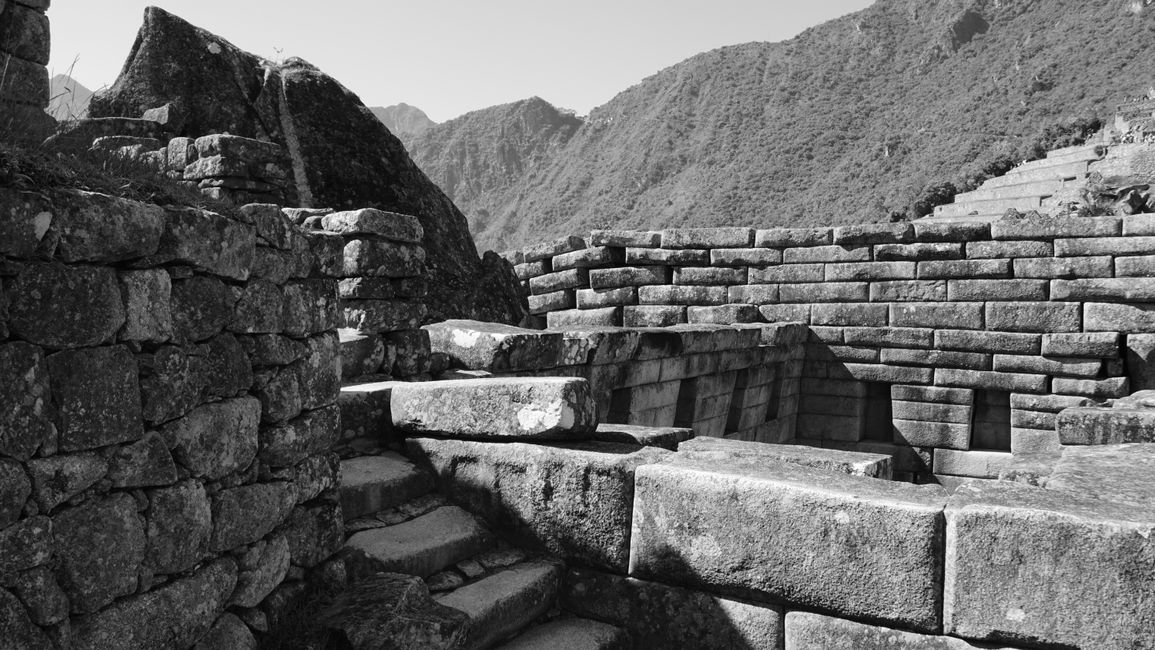
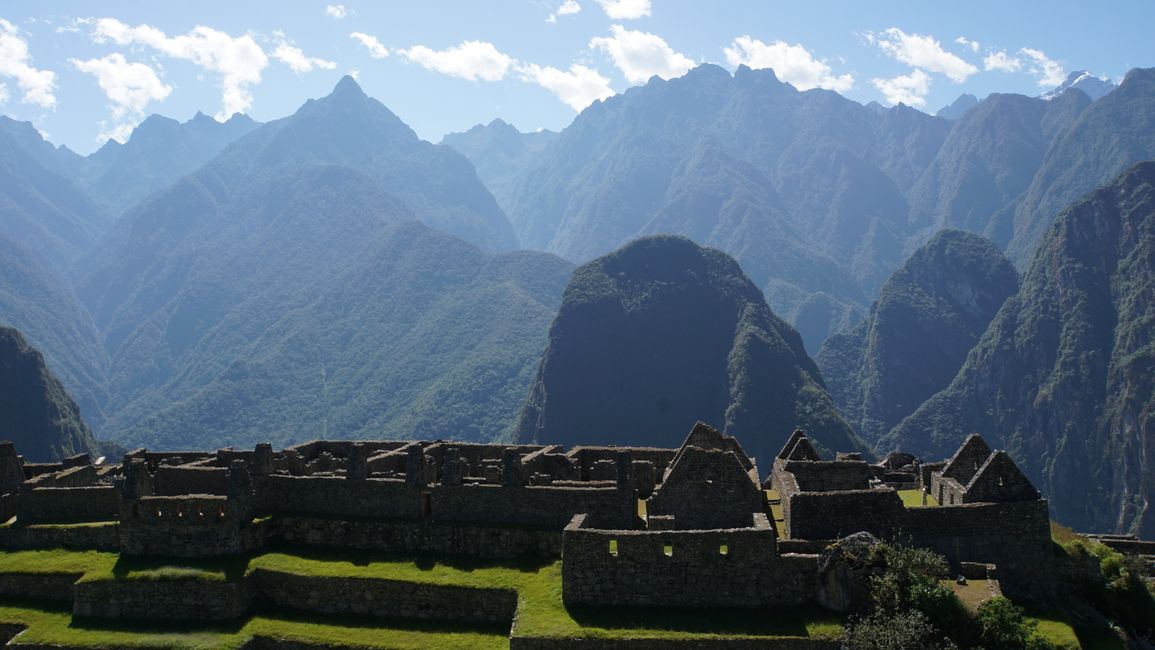
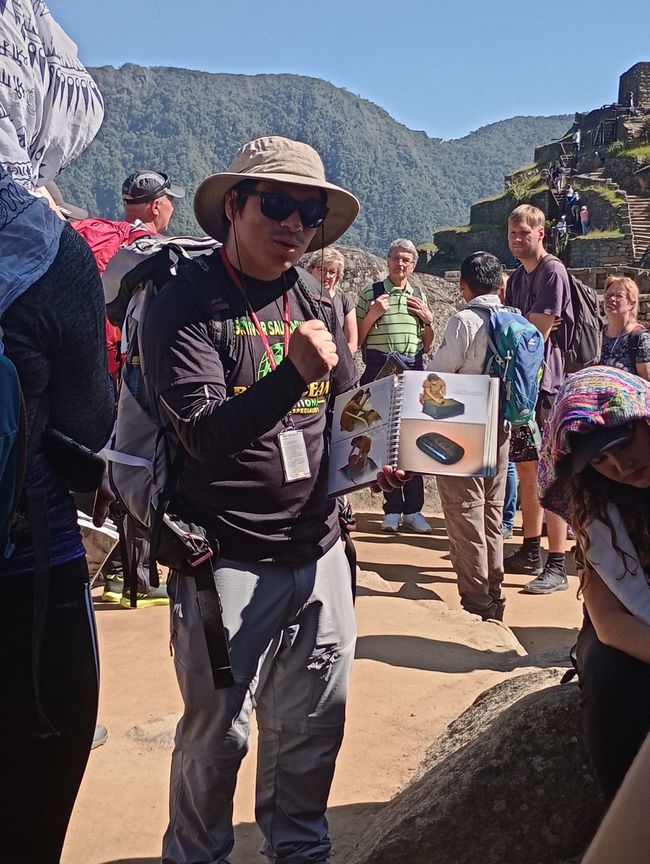
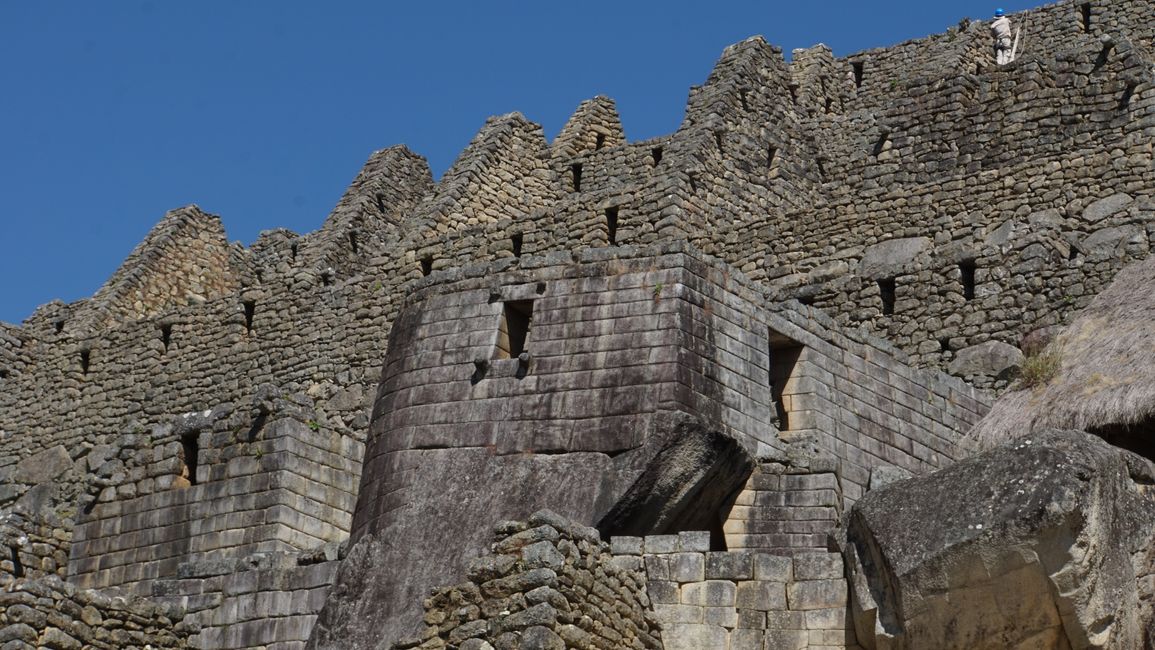
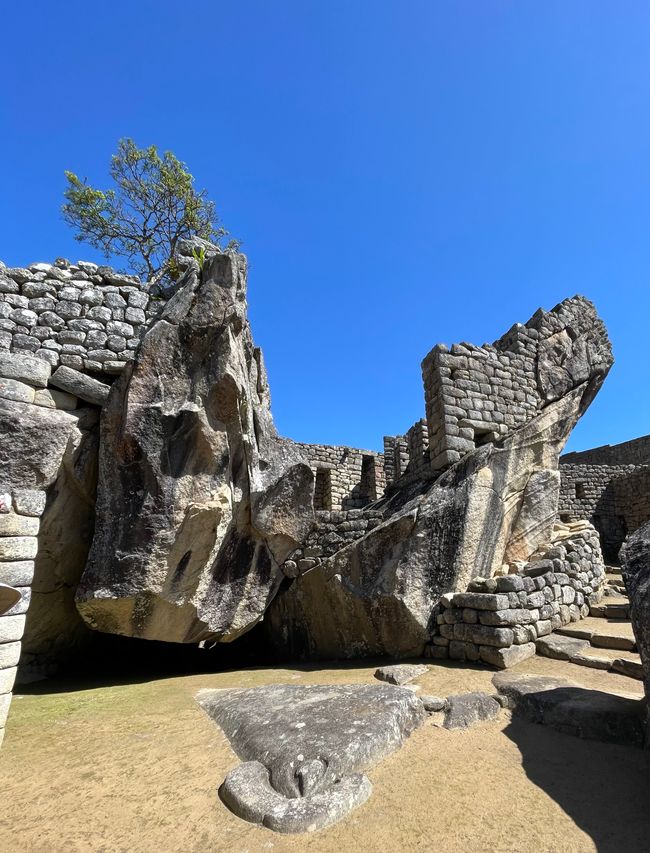
Gerast áskrifandi að fréttabréfi
Finally, we would fulfill a long-awaited dream. The hike would take us over the Salcantay Pass into the highland jungle, on the Inca Trail to Machu Picchu. In total, it is about 80km that we will cover on foot in 5 days. Our guides Samuel and Eric were both born in this region and were therefore very familiar with the Andes. In addition to our two guides, our group consisted of 8 Mexicans, one Australian, one American, and the two of us.
The first day started very early in the morning at 4am, when we drove by car to the first base camp (3,800m). It was located in a high valley that led up to the Salkantay Pass. To acclimatize to the altitude, we took a hike to Laguna Humantay. There, we performed a ritual together, which is traditionally held before every hike across the Andes. Here, one asks for a safe journey and of course, for good weather.
On the second day, we set off at 6am because it would be a very long day. The weather was perfect for hiking, with a blue sky and a few light clouds. Now we headed up to the Salcantay Pass at 4,629m. It was a magnificent high mountain landscape, and among all the snow-covered peaks, Salcantay is the highest at 6,264 meters. The name comes from the Quechua language, which is usually spoken in this region, and means "wild mountain". We reached the pass shortly before noon. Breathing was already a bit more difficult at this altitude. Now, the descent into the increasingly greener valleys began. This is the transition zone from the jungle to the high mountains and was called the cloud forest. The trees were covered with moss and countless hummingbirds fluttered through the air. We reached our camp tired at around 6pm.
After a restful night, we had a more leisurely day ahead of us. For four hours, we followed a mountain river that slowly snaked down the valley until we reached our third camp. Nearby, there were hot springs where we could relax our tired muscles. In the evening, we celebrated Mother's Day with the Peruvian national drink (Pisco Sour), which was very good but relatively strong.
On day four, we set off again at 6am because we still had a long way to go. We now took the Inca Trail, which the ancient Incas had built to travel from city to city. It was a great path, partly paved with large stones, and it led us up to a smaller mountain. On its summit, we reached an old outpost of the Incas. From there, we could get the first glimpse of Machu Picchu. Nestled in the distance between green peaks, it lay on a mountain ridge. We felt as if we had just rediscovered the lost city. However, there was still a long way to go. We hiked down into the valley and along the railway tracks until dusk, with Machu Picchu above us on the right. Finally, we reached the small town of Aguas Calientes, which was nestled in a steep valley below Machu Picchu.
The fifth day was the big day when we finally reached our goal. Early in the morning, we entered the ancient city of the Incas, filled with joy. First, we looked down from a small hill and had a magnificent view. The sky was bright blue, and the first rays of sunshine came over the mountains. What an atmosphere! We felt transported back in time; almost the entire city had been preserved. This experience far exceeded our expectations. What an incredible feat to build a city with the means available at that time, here between the mountains on this narrow ridge at an altitude of 2,400m. For the Incas, Machu Picchu was a sacred city, where their most important priests and scholars resided. Back then, about 2,000 people lived here. We received a very detailed tour of the entire city and were able to admire all kinds of structures.
And so, the tour to Machu Picchu ended, and we returned to Cusco by train.
Gerast áskrifandi að fréttabréfi
Svaraðu (2)
Sasa
Super Bericht und traumhaft tolle Fotos. Ich freue mich für euch, dass ihr dies alles erleben könnt, GLG von Sabine Gerald
Dankeschön Mam, ja es war echt ein Traum für uns :) GLG
Ferðaskýrslur Perú
